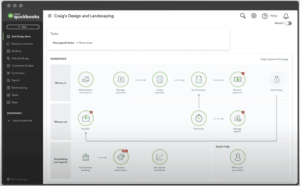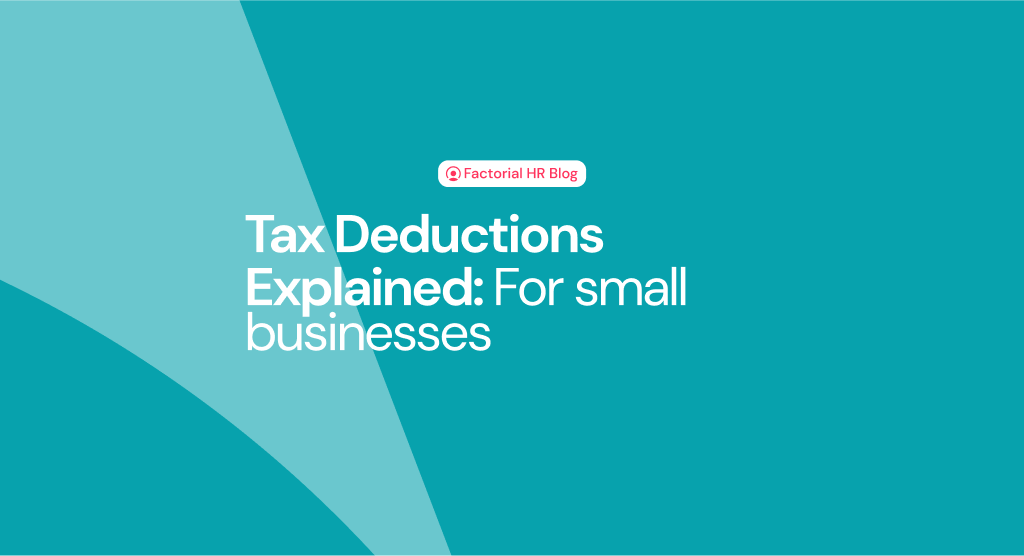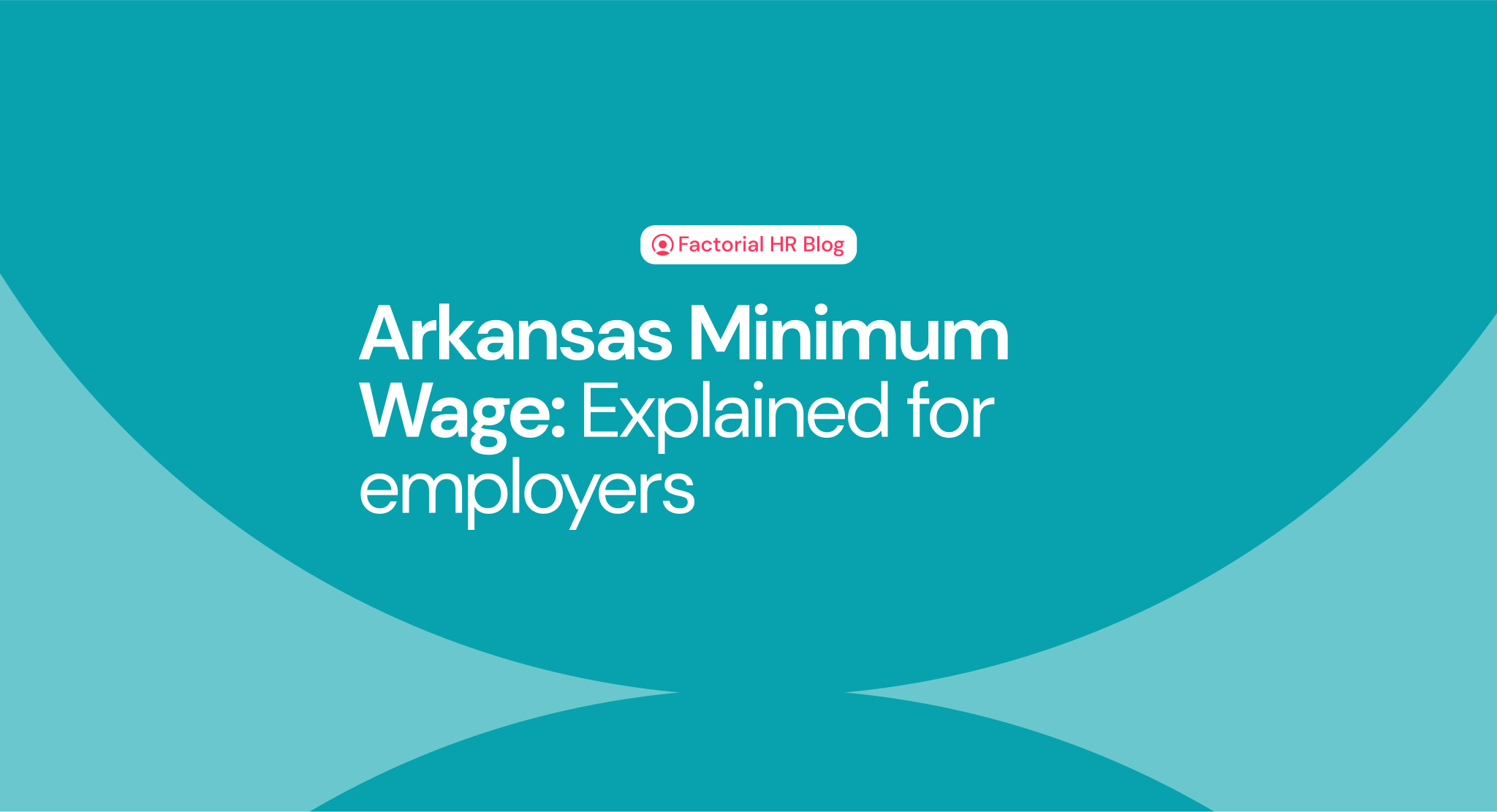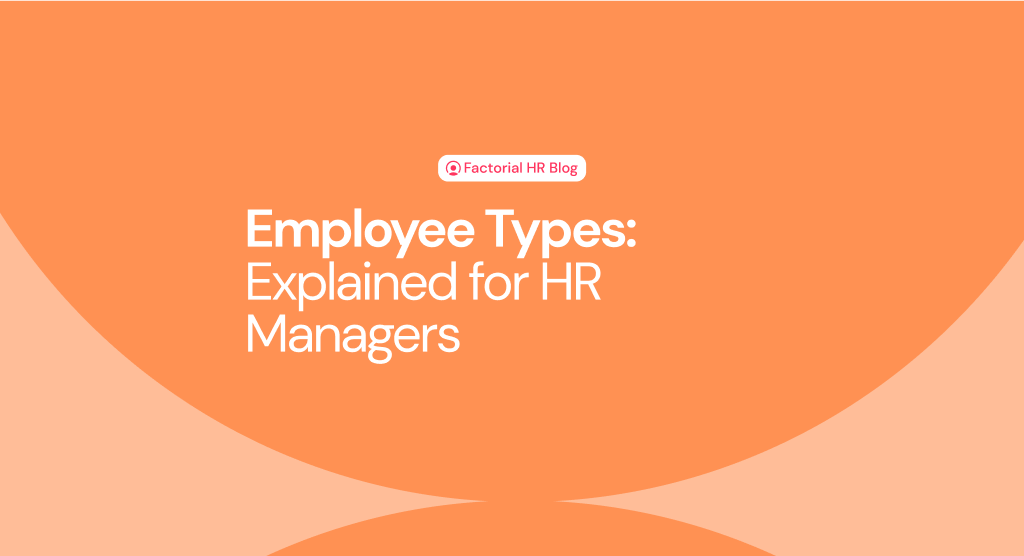Payroll is a critical aspect of managing a business, ensuring that employees receive accurate and timely compensation for their work. Besides covering the basics of payroll, we will look how to effectively handle it using Quickbooks Payroll. While doing payroll manually can be a headache, using QuickBooks payroll software for streamlined payroll management is easy. Let’s get started!
- What is Payroll?
- Why use QuickBooks?
- QuickBooks Pricing
- Why is Keeping Payroll Important?
- How to Do Payroll
- Using QuickBooks Payroll Software
- QuickBooks FAQ
- How to do Payroll with QuickBooks Online?
- Bonus tip: Employee Self-Service Portal ✅
What is Payroll?
Payroll refers to the process of calculating and distributing employee compensation, including salaries, wages, deductions, and benefits. It involves various components such as employee information, timekeeping, tax withholdings, and other deductions. Payroll ensures that employees receive their fair share of earnings and helps businesses maintain compliance with tax regulations.
Why use QuickBooks?
If you want the short answer to why using QuickBooks for US payroll is such a great option. Watch this video! To dive deeper into the differences between doing payroll with this great payroll automation software and other methods, read on. We’ll cover topics like the steps of doing payroll manually and briefly discuss what other options you have as a business owner or HR professional in charge of payroll.
Cool, huh? Natalie Bruns sums up the benefits of switching to QuickBooks Payroll Online in a few short points.
Natalie says QuickBooks is great, because of:
- easy internet access: both the client and the accountant or accounting firm can access the program
- quick fixes: no need to search for documents in desktop files – log in to the software and access the files directly to make any changes necessary
- great reporting
- ease of use
- fantastic app integration: link QuickBooks Payroll Online with HR Management Software like Factorial to make the most of your experience!
We’ll discuss some more benefits of using this payroll solution later in the article. But first, let’s talk about payroll in general and what to keep an eye on.
QuickBooks Pricing
Here are the available plans for QuickBooks Online:
- Self Employed: Designed for freelancers and independent contractors, this plan is priced at $7.50/month ($15/month regular price).
- Simple Start: Ideal for solo business owners who require additional features, this plan is priced at $15/month ($30/month regular price).
- Essentials: As your business grows and you need to include users like accountants, bookkeepers, or finance team leads, this plan accommodates up to three users. It offers bill management, time tracking, and is priced at $27.50/month ($55/month regular price).
- Plus: With the Plus plan, priced at $42.50/month for the first three months ($85/month regular price), you can add up to five users. It provides assistance with inventory management, project estimation, and profitability.
- Advanced: The Advanced plan, priced at $100/month for the first three months ($200/month regular price), allows you to include more than five users. It offers features such as employee expense tracking, batch invoice payments, workflow automation, and data restoration from within the app.
Why is Keeping Payroll Important?
Accurate and timely payroll processing is crucial for several reasons:
Employee Satisfaction: Timely and correct paychecks contribute to employee satisfaction, fostering a positive work environment and improving morale.
Compliance with Regulations: Payroll management ensures compliance with federal, state, and local tax laws, avoiding penalties and legal complications.
Recordkeeping and Audits: Accurate payroll records provide an essential trail of financial information, helping businesses during audits and ensuring transparency.
Financial Planning: Payroll data assists in budgeting, forecasting, and analyzing labor costs, enabling informed financial decision-making.
How to Do Payroll:
There are three options when it comes to handling payroll in the US:
- Doing it manually.
- Outsourcing payroll to a third party company.
- Using payroll software like QuickBooks Payroll.
Here is a simplified step-by-step guide to handling payroll:
- Gather Employee Information: Collect necessary details such as Social Security numbers, tax forms (e.g., W-4), and other relevant employment data.
- Track Employee Time: Accurately record employee work hours, distinguishing regular hours from overtime, if applicable.
- Calculate Gross Pay: Multiply hourly rate by hours worked or divide annual salary by the number of pay periods to determine gross pay.
- Deduct Taxes and Withholdings: Subtract federal, state, and local taxes, as well as other pre-tax deductions (e.g., retirement contributions, health insurance premiums).
- Account for Post-Tax Deductions: Subtract post-tax deductions (e.g., wage garnishments, union dues) from the remaining amount.
- Determine Net Pay: The final amount after deducting all taxes and deductions is the employee’s net pay, which they receive.
- Maintain Accurate Records: Keep detailed payroll records, including paystubs, tax forms, and other relevant documents, for future reference and compliance purposes.
Using QuickBooks Payroll Software
QuickBooks payroll software offers businesses numerous advantages for efficient and simplified payroll management.
Here are some key advantages:
-
Time Savings
QuickBooks Payroll automates and streamlines the entire payroll process. It significantly reduces the time and effort required to calculate payroll, manage tax withholdings, and generate paychecks. The automated features save HR managers valuable time, allowing them to focus on other critical tasks.
-
Accuracy and Compliance
QuickBooks Payroll helps ensure accurate and compliant payroll processing. It automatically calculates wages, taxes, and deductions based on the employee’s information and the prevailing tax regulations. This reduces the likelihood of errors and minimizes the risk of non-compliance with tax laws.
-
Tax Filing Made Easy
QuickBooks Payroll simplifies tax filing for businesses. It calculates and tracks payroll taxes, generates tax forms (such as W-2s and 1099s), and provides reminders and deadlines for tax payments. This functionality saves time and helps avoid penalties associated with late or incorrect tax filings.
-
Direct Deposit and Employee Benefits
QuickBooks Payroll enables direct deposit, allowing businesses to deposit employees’ paychecks directly into their bank accounts. This eliminates the need for printing and distributing physical checks, reducing administrative overhead and increasing convenience for employees. QuickBooks Payroll also facilitates the management of employee benefits, such as health insurance and retirement plans, ensuring accurate and timely deductions.
-
Comprehensive Reporting
QuickBooks Payroll offers a wide range of reporting capabilities. It generates detailed reports on payroll expenses, tax liabilities, employee earnings, and more. These reports provide valuable insights into labor costs and help businesses make informed financial decisions.
-
Integration with Accounting
QuickBooks Payroll seamlessly integrates with the QuickBooks accounting software. This integration ensures that payroll data is accurately recorded in the company’s financial records. It simplifies the reconciliation process, eliminates duplicate data entry, and provides a holistic view of the company’s financials.
Overall, using QuickBooks Payroll simplifies and streamlines the payroll process, reduces administrative burdens, improves accuracy and compliance, and offers comprehensive reporting. These benefits contribute to increased efficiency, time savings, and better financial management for businesses of all sizes. QuickBooks is a great choice for employers searching for payroll software alternatives.
QuickBooks FAQ
If you are just starting out you may have a lot of questions about the best payroll software. There are a lot of factors to consider, including the size of your business, the number of people you employ, whether you have private contractors working for you, and where you live, to name a few. Hopefully, these common questions and answers will help you choose!
What taxes does QuickBooks Payroll do for you?
QuickBooks will handle all federal (Withholding, SS, Med, FUTA) and most state taxes for you. Local taxes (WH, SUI, PFL, SDI) depend on the product you have a subscription for.
What forms does QuickBooks handle?
Similar to taxes, QuickBooks will file all federal forms for you. Local tax forms depend on the product.
Depending on your subscription, QuickBooks will handle: Form 940, Form 941, Form 943, Form 944, Form W-2, Form W-3, State Withholding Tax
What are the taxes QuickBooks handles?
1. Form 941: Employers use it to report income taxes, Social Security tax, or Medicare tax withheld from employee’s paychecks.
2. Form 944: It is designed so the smallest employers (those whose annual liability for social security, Medicare, and withheld federal income taxes is $1,000 or less) will file and pay these taxes only once a year instead of every quarter.
3. State unemployment insurance (SUI) is a tax-funded program by employers to give short-term benefits to workers who have lost their job. This tax is required by state and federal law. Unemployed workers receive these benefits on the condition that they’re looking for a new job.
4. Form W-2 is an IRS form that employers must send to an employee and the IRS every year. The form reports an employee’s annual wages and the taxes withheld.
5. Form W-3: Form W-3 is a tax form used by employers to report combined employee income to the Internal Revenue Service (IRS) and the Social Security Administration. Employers who send out more than one Form W-2 to employees must complete and send this form to summarize their total salary payment and withholding amounts.
6. Form 940: Use Form 940 to report your annual Federal Unemployment Tax Act (FUTA) tax. Together with state unemployment tax systems, the FUTA tax provides funds for paying unemployment compensation to workers who have lost their jobs. Most employers pay both a federal and a state unemployment tax. Only employers pay FUTA tax.
7. Form 1099: The 1099 form is used to report non-employment income to the Internal Revenue Service (IRS). Businesses are required to issue a 1099 form to a taxpayer (other than a corporation) who has received at least $600 or more in non-employment income during the tax year.
These are some of the taxes and forms QuickBooks software can help you with. As an employer, it is important to always demonstrate compliance with rules and regulations.
How to Demonstrate Compliance as an Employer?
As an employer demonstrating compliance is important in order to avoid making any mistakes that could result in being fined a hefty sum. Keeping an eye on all the compliance dates is the first part of the equation, making sure you have all of your documents correctly filled out is the second.
Another important part of keeping up with compliance is having immediate access to the documents you need. For this, we recommend investing in an employee self-service portal. Having a platform where you can upload and store important employee documents will save you a ton of time in the long run.
Using Factorial’s software is like having a giant filing cabinet that is always tidy and always open exactly where you need it. With this kind of HR software you can stop worrying about all the time you waste on boring manual administrative tasks and finally, you can start focusing on more strategic tasks that help your business grow.
Is QuickBooks good for small businesses?
QuickBooks Payroll Online is ideal for small businesses! It is the top choice for many because of its flexibility, great set of useful payroll tools, ease of use, numerous service plans for different budgets and seamless integration with QuickBooks accounting software.
Does QuickBooks have other software integrations?
If you want to use QuickBooks to streamline your payroll and want to handle all of your other HR processes with such ease, we recommend trying Factorial – you can either try it through the free trial or book a demo with a professional who can walk you through every feature you are interested in. With the tools Factorial offers your business will really take off! The HR tools Factorial offers include: time tracker, employee portal, employee shift manager, metrics, KPI tracking, document management, e-signing and much much more.
How to do Payroll with QuickBooks Online?
Are you sold on the idea of simplifying your payroll processes and wondering what’s next? Let’s take a look at how to do payroll with QuickBooks!

QuickBooks has a very nice and easy to understand dashboard where you can find all the tools you’ll need to pay your team.
QuickBooks explained
To understand how to set up payroll, watch this video. You’ll learn how to conduct payroll in 2 minutes!
Easy, right? If you have any questions about the software, go check out the blog and YouTube channel of QuickBooks. They are both treasure troves of information. For more HR related content, read the Factorial blog. We are dedicated to bringing the best HR tips to HR managers hungry for knowledge.
Are you still unsure and want to check out some other payroll software examples? Doing payroll right is important – read our other articles on the subject.
Payroll management is a vital aspect of running a business, ensuring accurate and timely employee compensation while maintaining compliance with tax regulations. By understanding the basics of payroll, following proper procedures, and leveraging tools like QuickBooks payroll software, businesses can streamline their payroll processes and foster employee satisfaction.
Efficient payroll management contributes to a work environment employees enjoy spending time in. Besides that, managing payroll with software ensures compliance, and helps you make informed financial decisions. Payroll automation is an important step towards ultimately enhancing overall business success.









